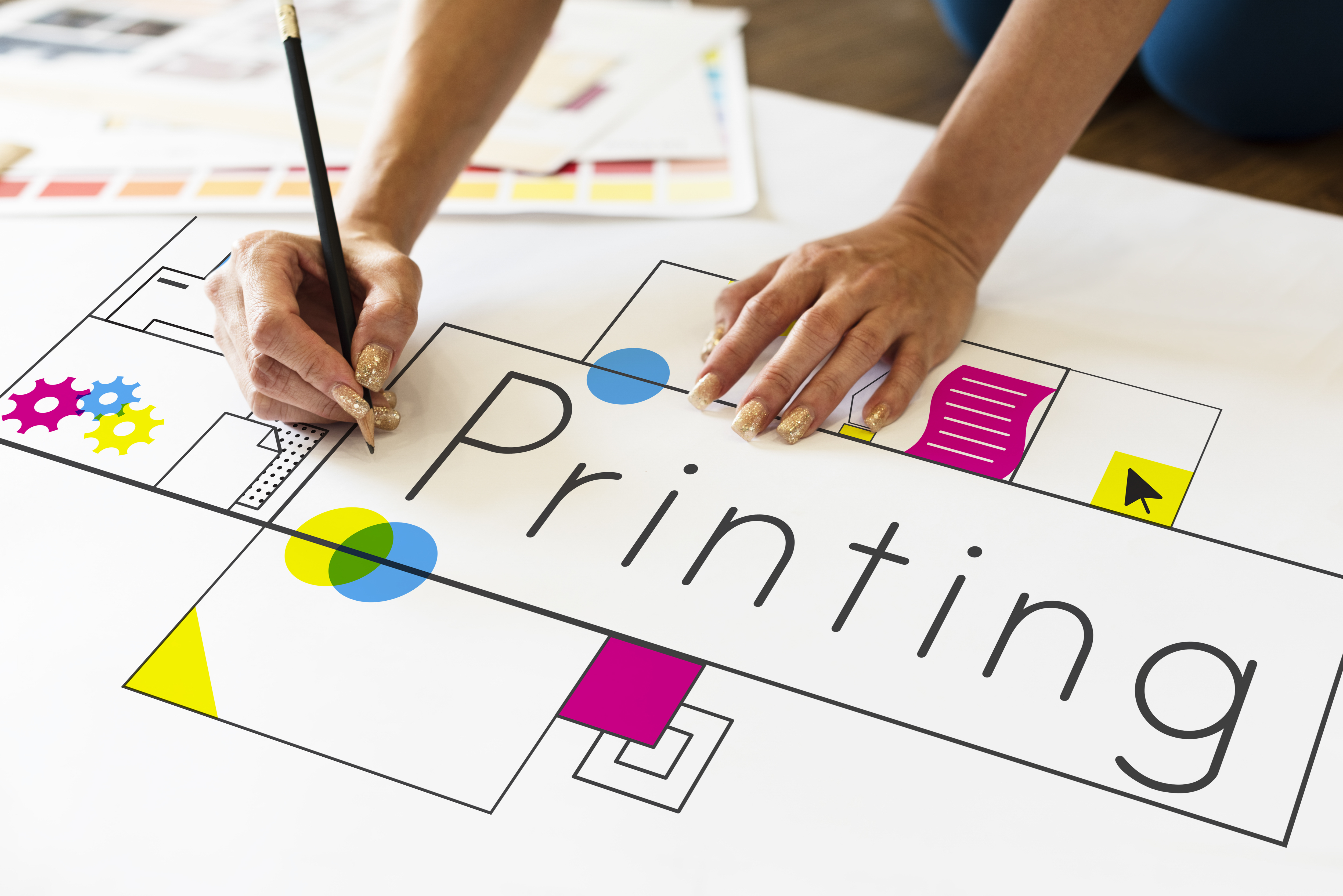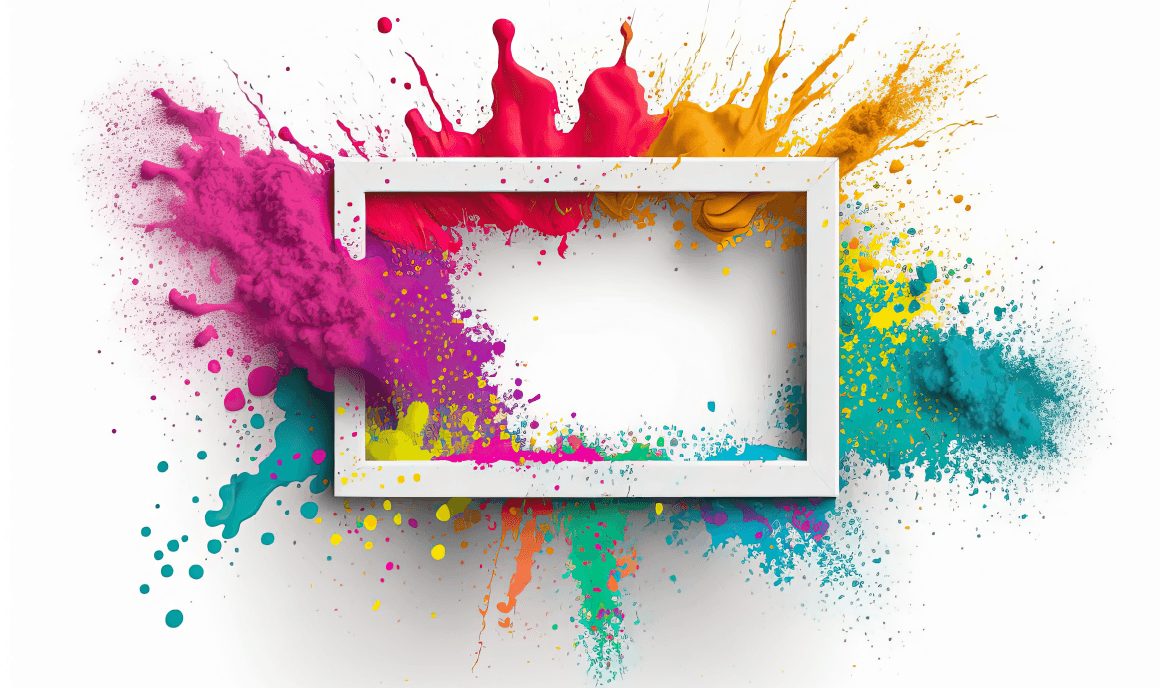DTG PRINTING - WHAT IT IS, WHAT IT CONSISTS OF
In these days of rapid advances in printing technology, the possibilities for applying graphics to various surfaces are becoming increasingly diverse and innovative. One fascinating technique that is setting new standards in personalization and precision is DTG (Direct to Garment) printing, a method of directly applying ink to fabric. This advanced printing approach opens up new perspectives in creating high-quality, full-color prints on garments, attracting the attention of manufacturers, designers and customers looking for modern solutions in the textile industry. So let's go through what gtd printing is, what benefits and challenges this innovative technology brings.
DTG printing - what does direct to garment mean?
Direct to Garment printing is an innovative digital printing technique that is gaining popularity in the textile industry. Unlike traditional methods such as screen printing, dtg printing eliminates the need for intermediate media such as stencils or printing molds. The essence of this method is the direct application of ink to the fabric, which brings a number of benefits.
What are the advantages of DTG digital printing?
High quality and detail:
DTG printing is distinguished by its ability to produce exceptionally high quality prints on fabric. This technology allows for precise reproduction of the finest details, resulting in sharply defined graphics and intense, full-color colors.
Good for small print runs
One of the key advantages of DTG printing is its efficiency in producing small runs. Traditional methods, such as screen printing, require the preparation of stencils, which can be time-consuming and costly. Digital dtg printing eliminates this need, making it perfect for printing small batches of products.
Speed of order fulfillment
The dtg technology is much more time-efficient compared to some traditional printing methods. The lack of the need to prepare dies or molds allows for lightning-fast response to customer orders, especially for short lead times.
Optimum design flexibility
DTG printing allows for design flexibility, as there are no restrictions on the number of colors or complex layouts. This enables easy personalization and customization of designs.
Ecology and material savings
Since DTG eliminates the need to create dies or molds, material consumption is reduced. This, in turn, translates into a lower environmental impact, which becomes important in the context of today's environmental trends. In the production of our printed fabric bags, we also use DTG printing.

DTG printing defects
Costs
One of the main disadvantages of DTG printing is the costs involved. Compared to some traditional methods, such as screen printing, DTG can be more expensive, especially for larger print runs. The costs associated with purchasing specialized printers and high-quality inks can affect the unit price of a print. This presents a challenge, especially for entrepreneurs seeking to reduce production costs at mass scale.
Material limitations
Digital printing is not suitable for every type of fabric. Some materials may not be compatible with this technology, limiting the choice of materials on which DTG printing can be applied. This is a significant limitation for designers and manufacturers who would like to apply this method to a variety of textile surfaces.
Printer storage and maintenance requirements
DTG printers require careful storage and regular maintenance. Keeping the equipment in good condition is crucial for high-quality dtg printing. However, improper printer management and maintenance can lead to equipment failure, which in turn generates additional repair costs.
Print size limitations
With dtg technology, there is a limit to the maximum print size that can be realized. DTG printers often have a limited working area, which can be a challenge for projects requiring very large prints on clothing or other material.
Environmental impact
Some inks used in dtg printing may contain chemical components that have potentially harmful environmental effects. While the industry is constantly striving to develop greener solutions, this issue can still be important to those paying attention to sustainability issues.
When is it a good idea to use DTG printing?
Digital dtg printing is an innovative digital printing technology, perfect for projects that require precise and full-color printing. It is ideal for personalization and custom orders, allowing you to create unique products with your own designs, graphics or photos. The speed of order fulfillment and the lack of die preparation make dtg an effective solution in situations where time is of the essence.
In addition, digital printing works well for artistic projects, allowing experimentation with detail and color variety. It performs well on flexible materials such as cotton and blends, making it ideal for garment production that needs to remain comfortable to wear.

What should I keep in mind when designing a DTG print?
Graphics resolution
The high resolution of the graphics is a key element that affects the final quality of the print. The higher the resolution, the more detailed and clear the final result will be. DTG printing has the ability to render the smallest details, so it is worth taking care to provide the graphic file in the right quality, with the final result on the textile in mind.
Graphics format
The optimal graphic format for dtg digital printing is usually a vector format, such as SVG or AI. Such files are scalable and maintain high quality without loss of detail. However, if you are using raster graphics (e.g., JPEG or PNG), make sure the file has sufficient resolution to avoid pixelization during printing.
Color profile
Setting the right color profile in the graphics file is key. Digital dtg printing uses different technologies and inks, so it is important to ensure color consistency between the computer screen and the final print. Choosing a color profile, such as sRGB, can contribute to the desired effect.
Preparation for light and dark fabrics
Digital printing can be applied to both light and dark fabrics. For dark fabrics, it is worth remembering to use appropriate techniques, such as applying a white undercoat before the main print, which will allow better color reproduction.
Choosing the right fabric
Pay attention to the characteristics of the fabric on which the print will be made. Not all fabrics are equally suitable for digital dtg printing. Cotton and cotton blends are often ideal, but it's worth consulting with your printing supplier for other types of fabric.
Plan for direct contact areas
For garments where the dtg prints will be in direct contact with the body, make sure that the inks used are skin-safe. Also, pay attention to elastic areas, such as seams, to avoid cracking the print when the fabric is stretched.
Summary
You already know what dtg. is. is an innovative method that is revolutionizing the process of applying graphics to fabric through direct ink application. Despite its numerous advantages, such as high quality, precision and the possibility of producing small print runs, this method also comes with some limitations, such as cost and the need to adapt to suitable materials.
MART’S BAGS
+48 787 340 123



